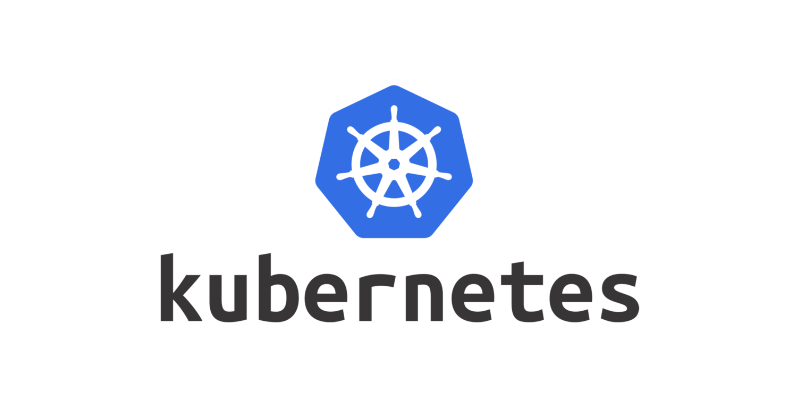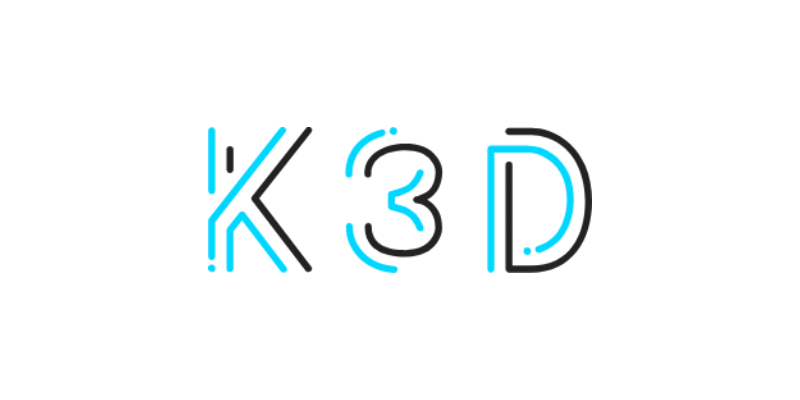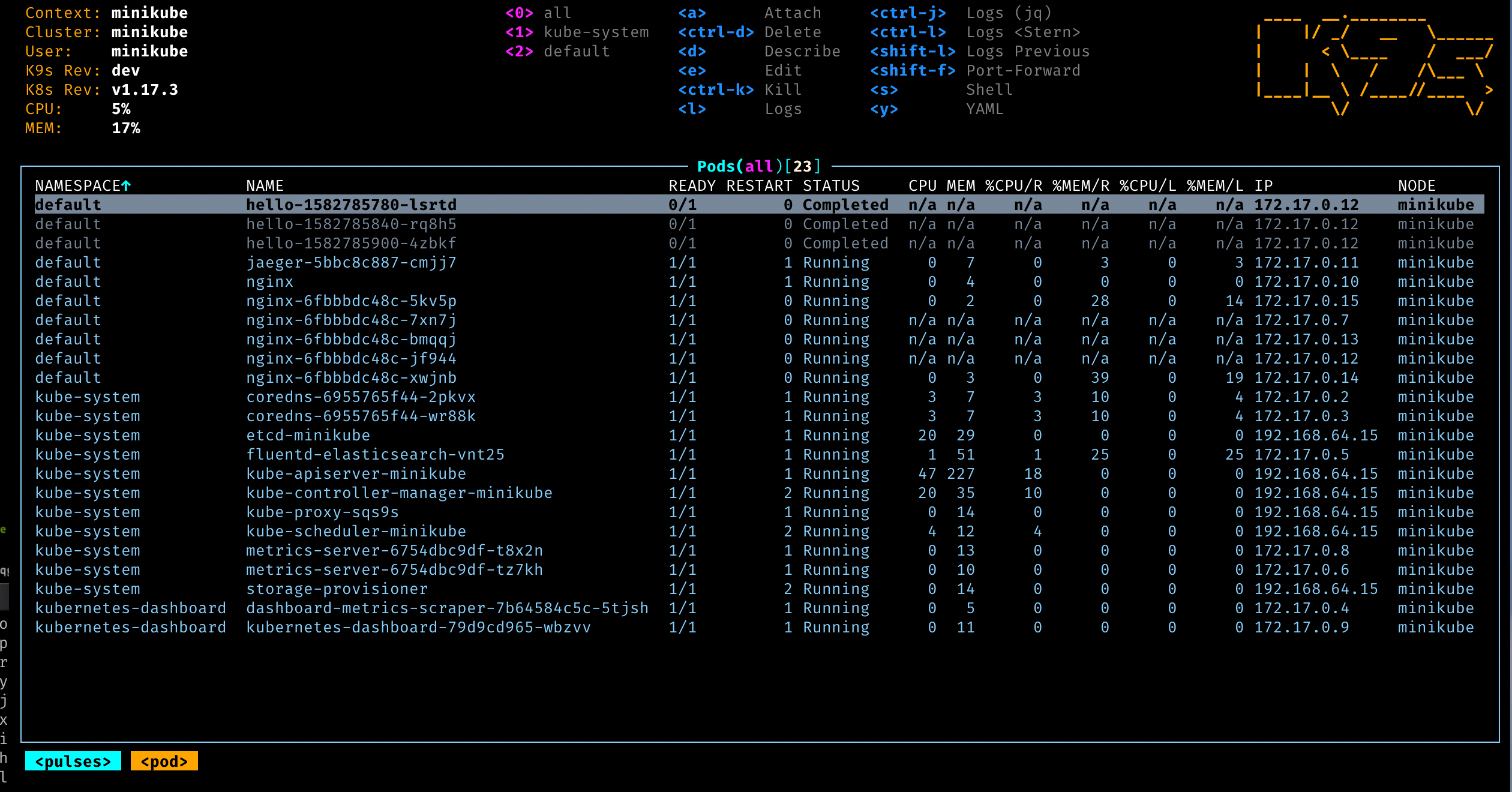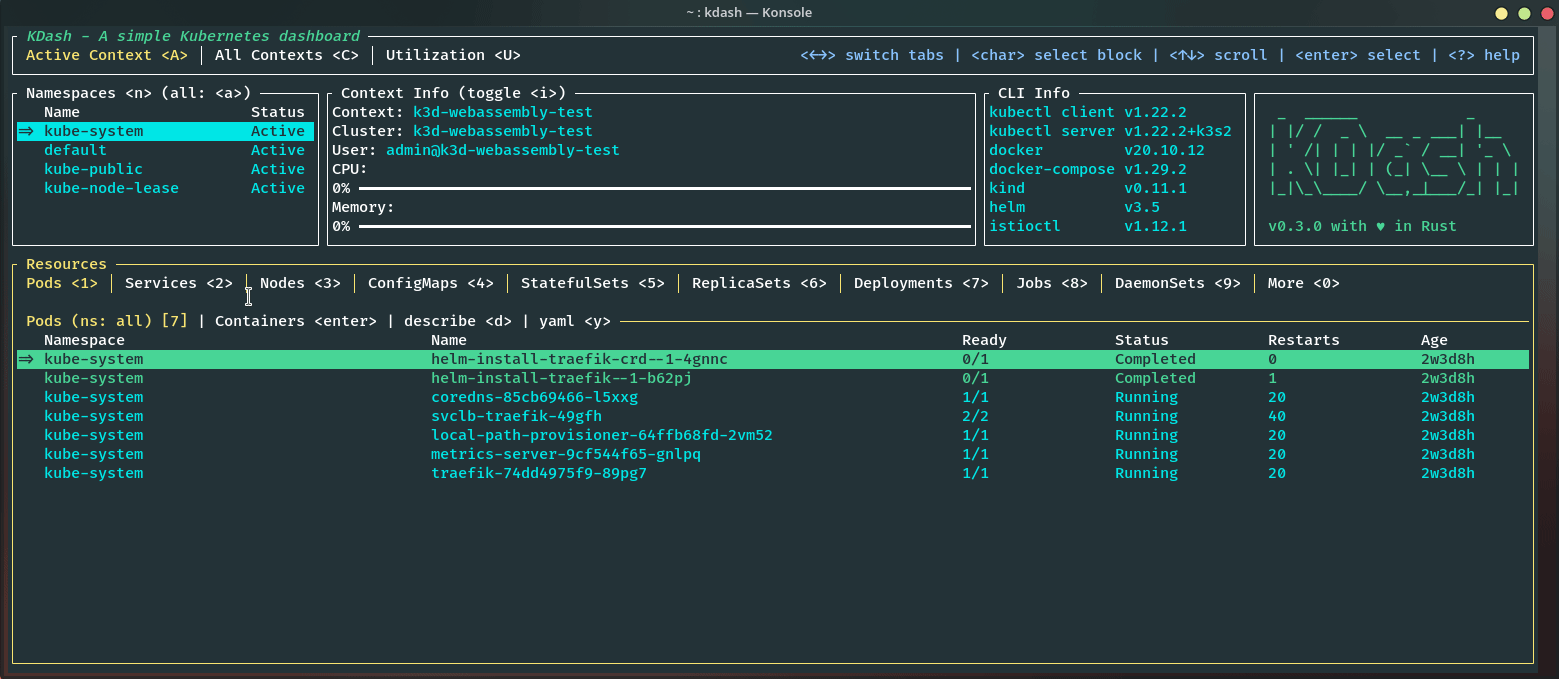Kubernetes
Kubernetes

Kubernetes is a portable, extensible, open source platform for managing containerized workloads and services, that facilitates both declarative configuration and automation. It has a large, rapidly growing ecosystem. Kubernetes services, support, and tools are widely available.
Components and Manifests
Components of K8s and examples on how to declare them via manifests in k8s.
Concepts
Important concepts about kubernetes.
INFO
Kubectl
Useful commands
Useful and tested kubectl commands
INFO
K3D

k3d is a lightweight wrapper to run k3s (Rancher Lab’s minimal Kubernetes distribution) in docker.
k3d makes it very easy to create single- and multi-node k3s clusters in docker, e.g. for local development on Kubernetes.
Requirements
- docker to be able to use k3d at all
- kubectl to interact with the Kubernetes cluster
brew install k3dCreate Cluster
Creating K8s cluster in one line.
TIP
If you wanna expose your cluster in the local networ, provide your machine IP in --tls-san section.
Usage
k3d cluster create <CLUSTER_NAME> --agents 4 --servers 1 --k3s-arg "--tls-san=<YOUR_MACHINE_IP>@server:*"Real Example
k3d cluster create home --agents 4 --servers 1 --k3s-arg "--tls-san=192.168.0.243@server:*"List Clusters
k3d cluster listLens - GUI for K8s

Lens Desktop is the only application you need to take control of your Kubernetes clusters. It's built on open source and free.
Install
brew install --cask openlensImportant Extensions
@alebcay/openlens-node-pod-menu --> Enables pods logs and shell.
Go to extensions (ctrl+shift+e) add this name in the box: @alebcay/openlens-node-pod-menu and hit install
K9S - TUI for K8s

K9s is a terminal based UI to interact with your Kubernetes clusters. The aim of this project is to make it easier to navigate, observe and manage your deployed applications in the wild.
Install
brew install derailed/k9s/k9sKdash - TUI for K8s
A simple terminal dashboard for Kubernetes built with Rust.

Install
brew tap kdash-rs/kdash
brew install kdashHelm Charts

The best way to deploy apps on kubernetes.
Helm uses a packaging format called charts. A chart is a collection of files that describe a related set of Kubernetes resources. A single chart might be used to deploy something simple, like a memcached pod, or something complex, like a full web app stack with HTTP servers, databases, caches, and so on.
Artifact Hub
Find, install and publish Kubernetes packages.